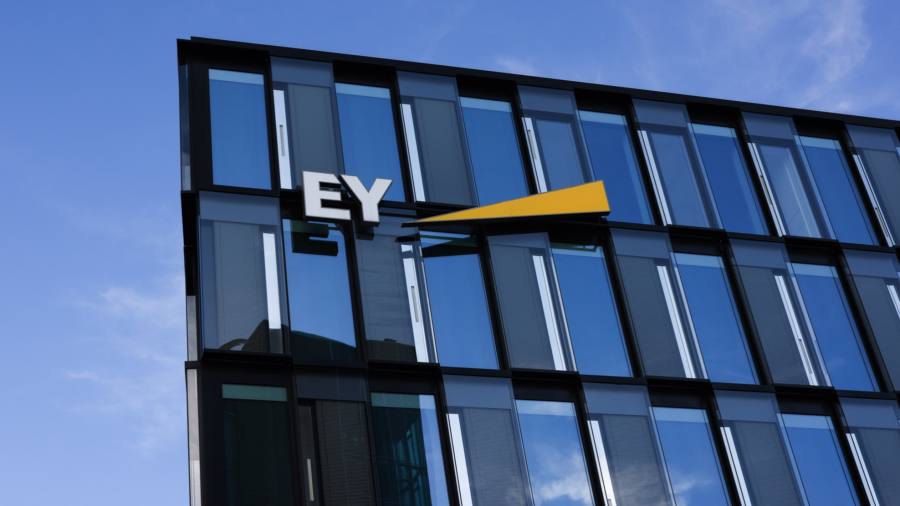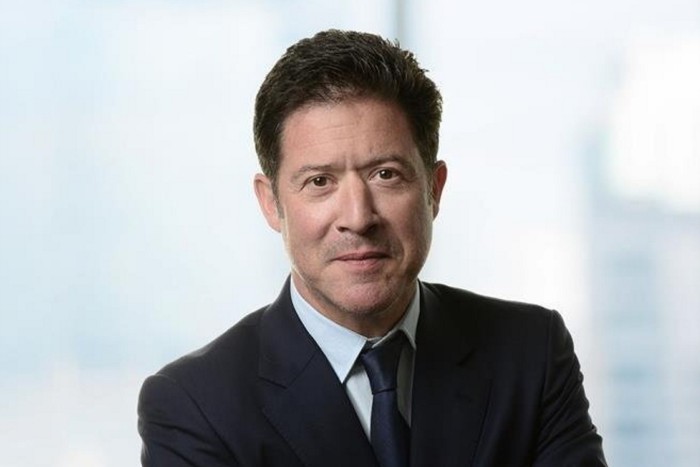
The UK’s tax authority is suing EY over alleged misrepresentations made during the negotiation of a tax settlement relating to British property investor and Conservative donor Jamie Ritblat.
The lawsuit is linked to a broader dispute between HM Revenue & Customs and Ritblat about whether the 2015 settlement of just £400 should block further taxes on £141mn of profits paid out after the deal was struck.
HMRC’s action against EY, which negotiated the settlement, is a highly unusual instance of the UK government targeting a major tax adviser in addition to its wealthy clients, according to tax experts.
“This is quite extraordinary and I’ve never seen anything like it,” said Dan Neidle, former head of tax at Clifford Chance and founder of Tax Policy Associates.
The dispute between HMRC and Ritblat, an investor in several major London redevelopment projects through his Delancey investment firm, now spans four tracks of litigation in what is set to be years of complex and expensive legal wrangling.
Ritblat has sued HMRC in the High Court. The tax authority has in turn brought a High Court lawsuit against Delancey. There are proceedings in the tax tribunal relating to Ritblat’s personal tax returns. Now HMRC is also suing EY.
The previously unreported claim against EY was issued in July but HMRC has yet to serve it on the firm. The High Court heard last week that HMRC intends to serve the case before a November 28 deadline.
The HMRC claim is the latest UK legal action against EY. It is already defending a $2.7bn High Court negligence claim by the administrators of former FTSE 100 audit client NMC Health, which collapsed in 2020 after one of the biggest frauds ever alleged at a UK-listed company.
EY’s clients include many of the UK’s largest companies, and its tax advisers were paid £934mn by clients in the 12 months to June. “Acting with professional integrity” is one of the five principles of the firm’s global code of conduct.
The Ritblat dispute centres on an employee benefit trust set up in 2007 as he raised €1.5bn for Delancey’s flagship DV4 Limited client fund. The DV4 fund’s portfolio today includes the Earl’s Court redevelopment and the former Olympic Athletes’ Village in Stratford, east London. Delancey has donated £350,000 to the Conservatives since 2011.
Employee benefit trusts became controversial as historically some were used as tax avoidance vehicles. Assets could be allocated to employees who could defer paying income and other taxes until a later date when they received a distribution.
The DV4 trust was created to hold the profits due to Delancey employees including Ritblat for earning a return for their investors. Such profits are known as carried interest.
In 2008, the nadir of the property downturn that accompanied the financial crisis that year, the DV4 trust made allocations to its Delancey employee beneficiaries that were valued at a total of about £1,000. No carried interest had yet been accumulated.

By the time of HMRC’s 2015 settlement negotiations with Delancey and a fund services company, the value of the carried interest in the trust had surged to £125mn. In those negotiations, however, EY did not disclose the current value. A £400 settlement was agreed on the basis of the £1,000 value of the allocation in 2008.
The negotiations had been part of a wider scheme by HMRC to resolve historic issues relating to employee benefit trusts. EY negotiated more than 100 agreements for trusts related to other companies as part of that settlement scheme and helped HMRC draft an information sheet about its EBT resolutions programme.
“Misrepresentations were made to us in 2015,” said HMRC. “Clearly, had appropriate disclosures been made, the settlement would not have been entered into. It is our duty to ensure everyone pays the right tax under the law, regardless of wealth or status.”
Ritblat and Delancey argued in a September court filing that the legally relevant question was the value of the trust at the time of the allocation, not at the time of the settlement. No representations were made about the 2015 value, they said.
“There can be no credible argument that the position was misrepresented to HMRC,” they wrote, adding: “Had HMRC considered the 2015 value of the DV4 Trust’s assets to be a relevant matter, it could and would have required that information to be provided.”
EY said: “While it would be inappropriate to comment on ongoing legal proceedings, we strongly refute any suggestion of wrongdoing by EY and will vigorously defend the claim against us.”
The dispute is set to rumble on for years. The High Court heard last week that the lawsuit brought by Ritblat against HMRC will not go to trial until at least April 2024. The case brought by HMRC against Delancey has been stayed pending the main litigation.
It is not yet clear if the EY proceedings will be similarly stayed or heard alongside Ritblat’s case. The case against EY includes allegations of misrepresentation and an assumption of responsibility argument, the court heard. EY might move to strike out the case against it.
Ritblat has asked the High Court to declare that HMRC is precluded by the 2015 deal from seeking taxes on what HMRC has said was some £141mn of distributions made by the trust after the settlement was agreed. The court heard there had been efforts to settle the dispute that had not been successful.